Search
Did you mean: Plotinus?
Summary 
Loading AI-generated summary based on World History Encyclopedia articles ...
Search Results
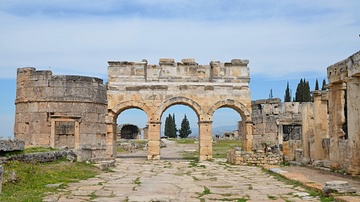
Image
Frontinus Gate in Hierapolis, Phrygia
The Frontinus Gate was the monumental entrance to the Roman city of Hierapolis (western Turkey). It is flanked by two round towers and dates to 84 or 86 CE on the basis of a dedication to Domitian on the gate's façade.
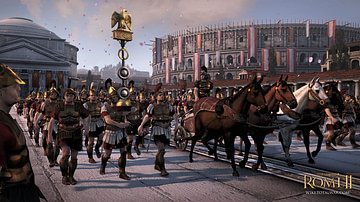
Definition
Roman Army
The Roman army, famed for its discipline, organisation, and innovation in both weapons and tactics, allowed Rome to build and defend a huge empire which for centuries would dominate the Mediterranean world and beyond. Overview The Roman...
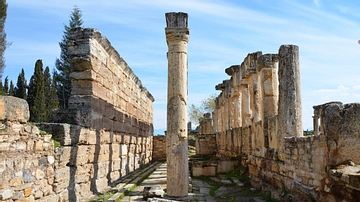
Image
Roman Latrine, Hierapolis
The latrine along Frontinus Street (colonnaded street) at Hierapolis in Phrygia (modern-day Turkey), built in the end of the 1st century CE. The room is divided longitudinally by a row of columns that supported a roof composed of travertine...

Definition
Roman Science
The Romans assimilated earlier Greek science for their own purposes, evaluating and then accepting or rejecting that which was most useful, much as they did in other fields such as warfare, art, and theatre. This assimilation of Greek thought...
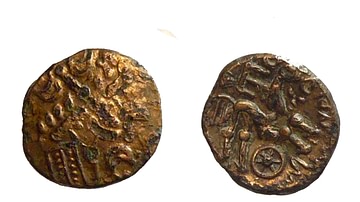
Definition
Commius
Commius was an Atrebates noble during Julius Caesar's Gallic Wars (58-50 BCE) who turned from Roman ally to indomitable foe. As king of the Atrebates, Commius ably served Caesar in Britannia and Gaul before becoming one of the main leaders...
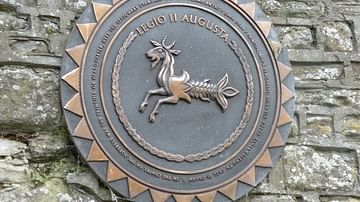
Definition
Legio II Augusta
Legio II Augusta was a legion of the Roman army that, throughout its centuries-long history, had fought in the Cantabrian Wars of 29-19 BCE, Germanicus' German campaigns in 9 CE, the invasion of Britain in 43 CE, and Septimus Severus' Scottish...
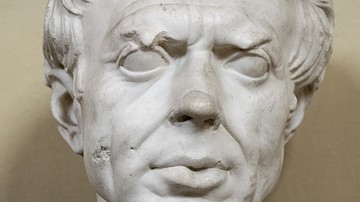
Article
Marian Reforms
The Marian Reforms were a set of the reforms introduced to the Roman army in the late 2nd century BCE by Roman general and politician Gaius Marius (157-86 BCE). Through these reforms, the Roman army was transformed from a semi-professional...
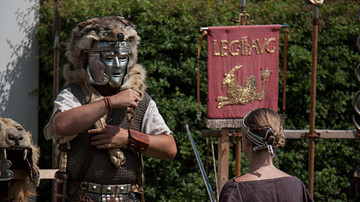
Article
Legions of Britain
After the Roman emperor Claudius (r. 41-54 CE) successfully conquered Britain in 43 CE, four legions were left there to maintain the peace: XIV Gemina, II Augusta, IX Hispana, and XX Valeria Victrix. However, by the end of the decade, XIV...

Article
10 Virtual Tours of Archaeological Sites & Museums in Turkey
Thanks to the new Sanal Muze digital portal released by the Ministry of Culture and Tourism of Turkey in 2020 CE, history lovers and art enthusiasts can now take virtual tours of Turkey's best archaeological sites and museums. There are currently...

Video
Digging History 7: The Architecture and Engineering of Rome
The Romans began building with local materials, wood, clay, and tuff (see Episode 3 for local materials and geology of the city). There are many sources from antiquity, but a good place to start is with the writings of Vitruvius (on architecture...